West Bend, Wi – The Eisenbahn State Trail was established in April 2006. Formerly an active rail line, home to the Fox Valley Railroad, there was always the possibility the State DOT could take the stretch over again and install a viable rail line.
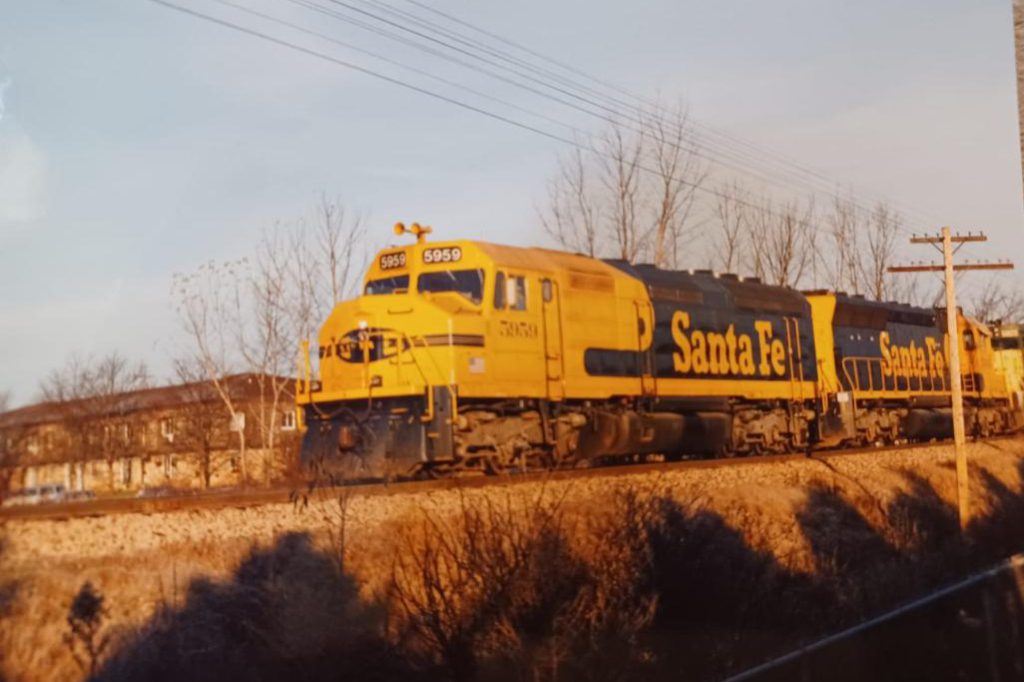
In its heyday the active railroad transported passengers, mail, and dry goods from south of Milwaukee north through Fond du Lac and into Michigan.
Click HERE to SUBSCRIBE to FREE local news at
Washington County Insider on YouTube
The railroad took shoppers to Milwaukee, service men to military training bases, and salesmen would ride the rail, deboard at the West Bend Train depot, walk across the bridge over the Milwaukee River and secure a room for the night at the old Washington House or Mermac Hotel.
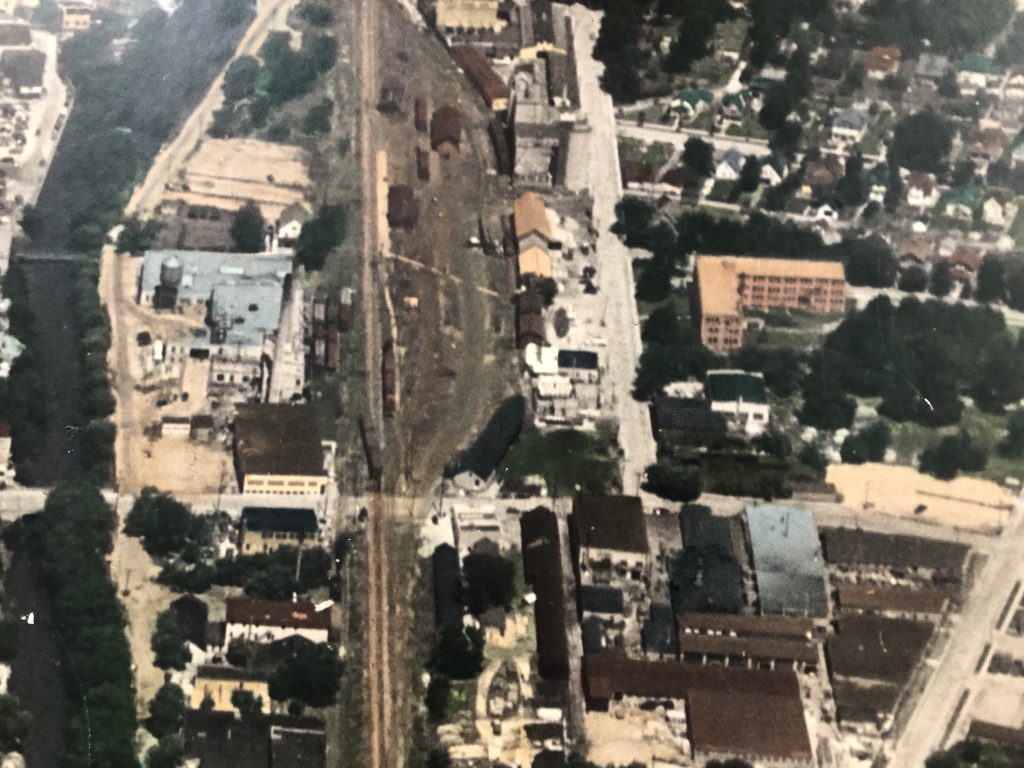
Business and industry flourished along the rail line including the West Bend Elevator, Gehl Company, and West Bend Aluminum.
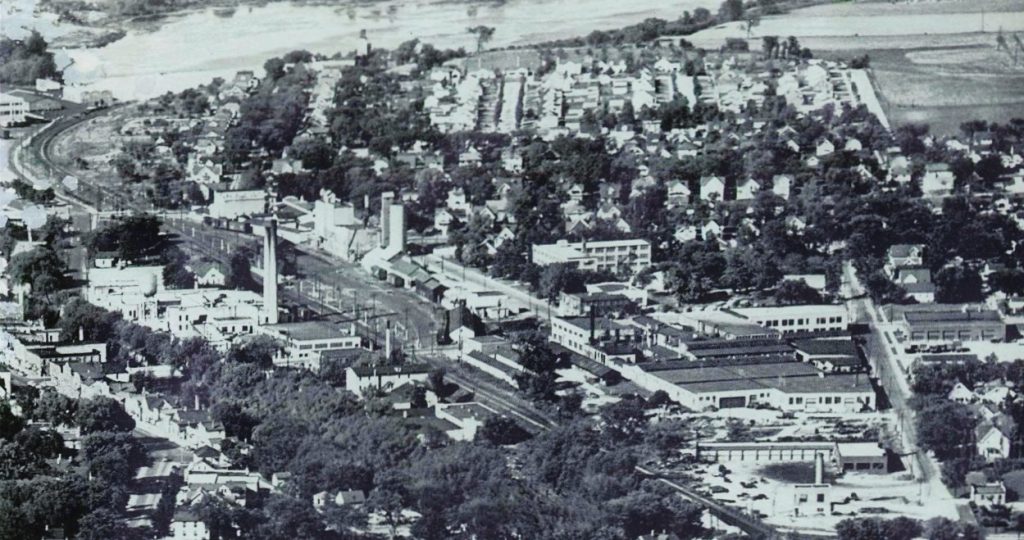
The rail line through West Bend even brought the U.S. President through town in 1936.
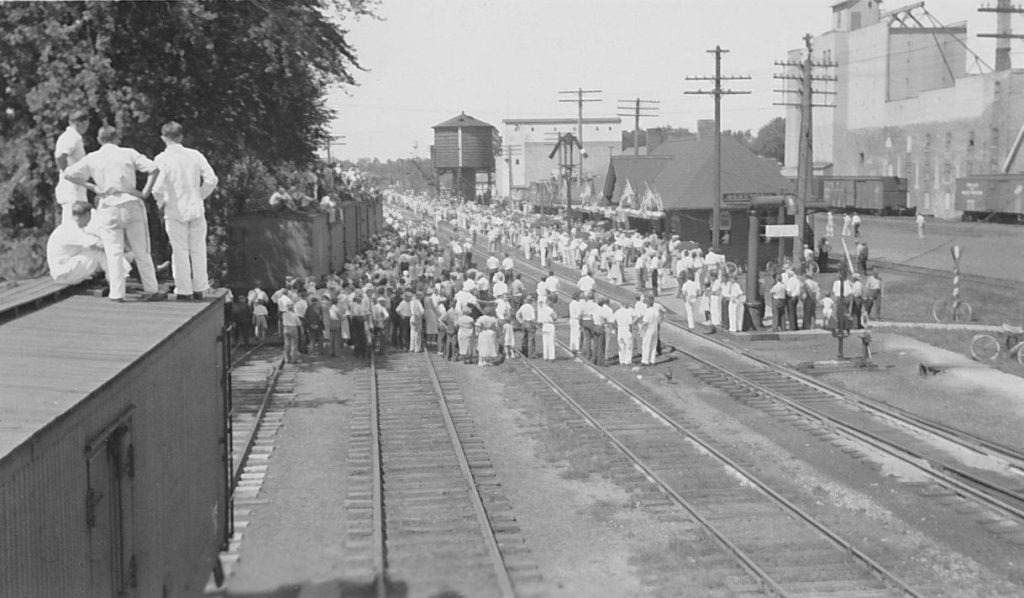
The rail was a travel option as was Greyhound Bus for mass transport. Remember the Greyhound stop at George Webbs on S. Main Street in West Bend or the Beacon Restaurant downtown?
As industry and transportation changed, so did the rail line and now, nearly 20 years after the Rails to Trails project, the State DOT is contemplating a plan to expand the railroad possibly through Washington County, WI.
“The general intent is looking at a passenger train up to Green Bay, through the Fox Cities, whether it would go through West Bend or stay on the CN mainline, it’s all very conceptual at this point,” said Lisa Stern is Chief of Railroads and Harbors at Wisconsin Department of Transportation.
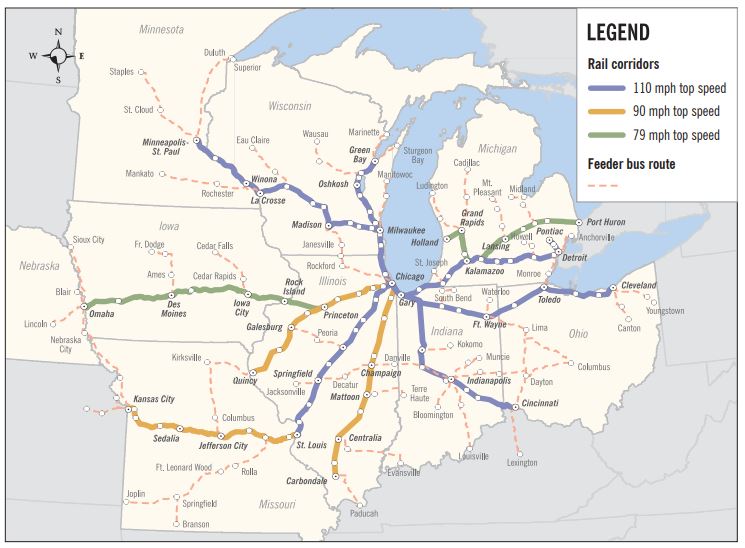
Converting the rail line to Rails to Trails started around 2003. The Eisenbahn State Trail officially switched to a 25-mile path in 2008, with a paved portion crossing through West Bend. Now comes a document featuring the Wisconsin Rail Plan 2030 developed by DOT.
Click HERE for the Department of Transportation Amtrak map
Stern said, Amtrak has a more in-depth look at the expansion of passenger rail in Wisconsin.
Chapter 7 of a Commuter Rail report indicates, “Unlike Amtrak, commuter rail operations do not have a legal right of access to the general railroad system. For commuter rail operations to access freight-owned rail lines, the commuter rail operator must reach a voluntary agreement with the freight railroad.”
“I saw on one of their maps they were actually looking at a line which would go through Lomira instead of West Bend,” said Stern. “That is all still very conceptual. The main thing is we would be looking at a service between Milwaukee and Green Bay. That’s all I know, for sure. It’s way too early to say what that would look like.”
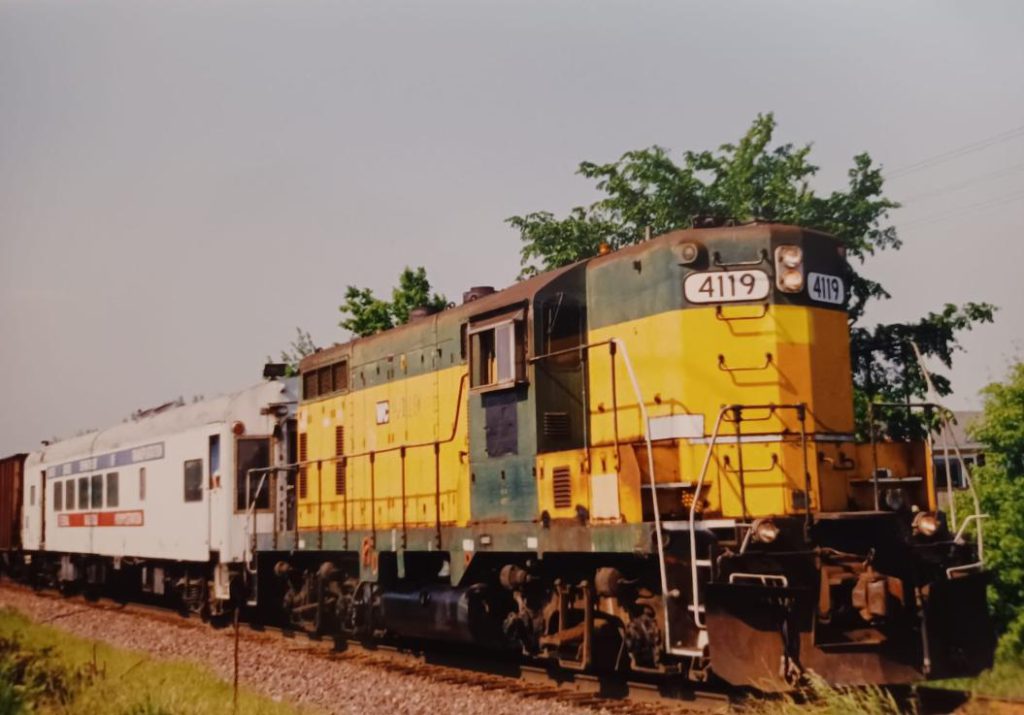
Stern said funding and population would be two primary issues affecting a future route.
“There is a state statute that says you have to look at it through the population centers, and in the most economical fashion. So, it would be a balance of looking at how do we hit close to where people are living because that makes it a more useful service,” she said.
“Then you also have to balance out how much would it cost. In this case, you’d be looking at how much would it cost to maybe make some improvements to some currently active rail line versus putting in a brand-new rail line. Those costs would all be evaluated, if it got to that level, you’d have to do an environmental study and go through the whole National Environmental Policy Act process, as well.”
Stern reiterated “the state doesn’t have any current plans to go beyond a conceptual plan.”
“There is no current or it at this point and even anticipated applications to reestablish rail service through the trail corridor,” said Stern. “Probably half of the community will be happy, and the other half was anticipating a train.”
Click HERE for the Wisconsin Rail Plan 2030 – Narrative Spreadsheet Addendum #1
Stern did confirm in the first part of this year the DOT will be putting out for public comment, an updated Wisconsin Rail Plan 2050. “There’ll be an opportunity and I would encourage people to look at that and make their comments known through that process as well,” she said.
Click HERE for Wisconsin Rail Plan 2050
No West-Bend train story would be complete without input from train aficionado David Gehrke who weighed in with some optimism.
“Yes, I think this will happen,” said Gehrke. “In Florida, the line from Orlando to Gainesville has a portion where a bike trail runs. It will to be open again for passenger service. In Florida they are really aggressive on moving forward.
“I hope and pray in Wisconsin they get the act together and get it done. I did see that there was a post last week from the Green Bay Area that the Mayors in the Fox Valley are all on board for service.
“The money is there to do it, from President Biden’s Bipartisan Infrastructure, to build the track back and open up the line. Florida has a plan. Now Wisconsin needs a plan.
“West Bend is a large city between Milwaukee and Fond Du Lac. Running the train west of Milwaukee to Duplainville (north of Waukesha ) to head north to Fond Du Lac will put much burden on the Canadian National line to FDL. WTW the interchange track to go that route was also removed.
“Many do not know how the long trains struggle up Byron Hill, just north of Lormira. Many trains require ‘Helper Locomotives’ to push them over the hill and cut off by Quad Graphics to the north.
“Sometimes you will see them off of I -41 north of Quad Graphics. Look to the north. The Line that came through West Bend was the Chicago & North Western ‘Air Line’ and would be an easy route for Amtrak from Milwaukee, West Bend, and would join into the Canadian National line in Fond Du Lac, to Oshkosh, Fox Vally to Green Bay.
“Just think how many could kick back and enjoy a beer to and from a Green Bay Packer game,” said Gehrke.
If you have 500 hours and want to read the entire Statewide 2030 long-range transportation plan, click HERE.











N – O, NO !
The idea that the movement of people through this corridor is going to somehow grow significantly is obsolete thinking at best. Businesses that manufacture things are migrating outwards from population centers, and the businesses that are choosing to locate in downtown areas are either company headquarters or in the service sector. We’ve already seen a massive shift to remote work for those types of offices. While hopping on a train to go to a venue or game might be fun and even convenient, such events are not capable of supporting regular train service largely on their own.
Outside of the benefit of not having to drive, the reasons to opt for taking a train over driving are essentially zero. If we are to believe Elon Musk and others, the idea of self-driving cars is in the not-too-distant future, negating even this benefit. If transit time is any part of someone’s itinerary, the passenger car option wins handily since this will not be a high speed route. Besides, if you find yourself already in a car to drive to the downtown station, it’s no longer a reach to just extend that same drive up to 90 more miles.
The reason that commuter trains have generally worked in large cities is that downtown areas are massive and dense, making use of passenger cars there inconvenient and expensive. Milwaukee is not anywhere close to being that. The reason that inter-city trains work, such as the Northeast corridor also has to do with large population densities and can compete effectively against flying. Despite not having the population, for this to be the case for Green Bay, and the rest of the Fox Valley, this train would need to ultimately go to O’Hare, which the Hiawatha Service doesn’t even do today (service to Mitchell is essentially pointless today).
While personally I find the idea of having passenger rail a bit intriguing, it’s not something that I can see myself (or others) using unless I take a deliberate and purposeful reason to do so. The regular ridership isn’t there, and it is only going to slowly decline as work habits and business centers continue to evolve. This makes the economics rather unworkable, even with a generous subsidy. We’d quickly learn that we’d be dollars ahead chartering each rider a limo service instead of operating a mostly empty train.
A quick check of Amtrak web site indicates a current bus provided to Green Bay and Wausau. Booked at 10% capacity.
My concern is, what happens if a freight train derails and shuts down the entire line? How does the crew and passengers get through through then?
Wouldn’t it be wise to rebuild the old C&NW 400 line? Just incase of such an emergency? The 400 line runs East of Lake winnebago along the lakeshore and is owned by the U.P. railroad. The silver bullet once ran that route, but I-43 really brought passenger ridership down. And as much as I would like to see Amtrack operate through here, I don’t see it as a playable plan. But to set the 400 line up as an emergency route, that the freights could use as a secondary route also, does seem like a good idea.
Obviously the Democrats want to shove their mass transit down our throats again. No thanks I’ll hop in my vehicle and drive to Green Bay on my schedule.
Earl, the contingency is using coach buses. Amtrak does this regularly when they can’t detour their trains.
CNW canceled passenger service on the Lakeshore sub long before I-43 existed in any substantial form…by more than a decade.
What a total waste of money. If cars ever do go to self navigation, why would anyone want to face the inconvenience of waiting for a train, then having to find another means of transportation -all to just get from A toB?